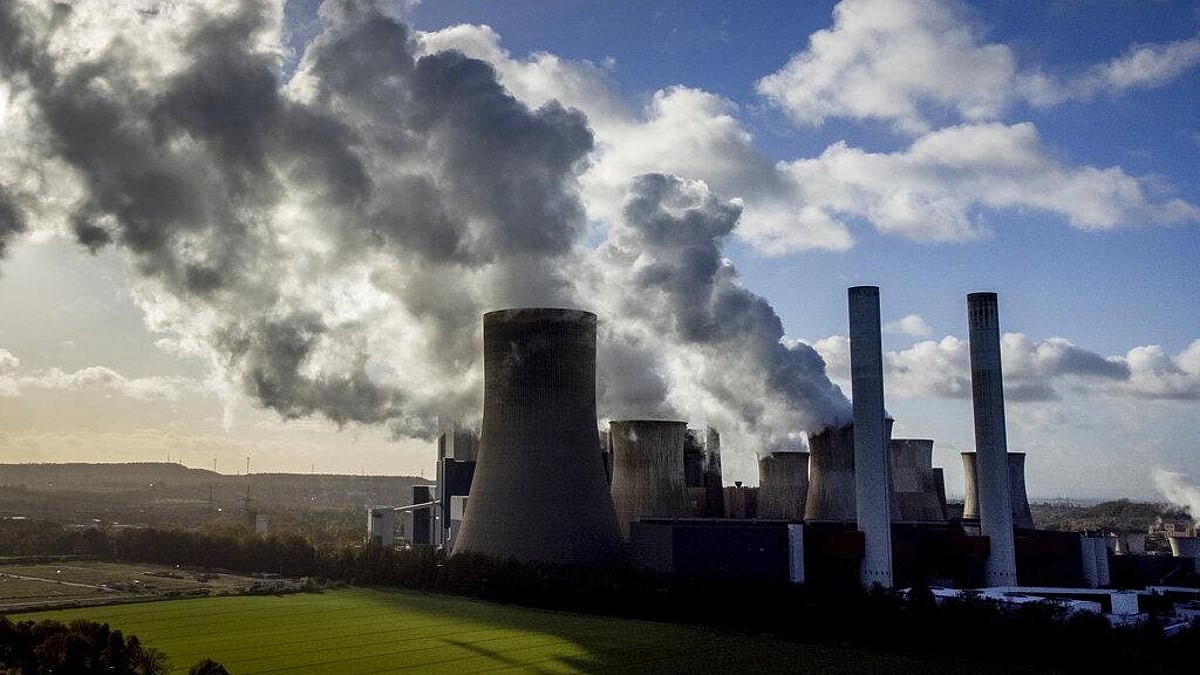The study underscores that regulation of coal electricity emissions led to crop growth, mortality reduction, and overall social benefits in the country.The study analysed India’s three major rice-producing states, Uttar Pradesh, West Bengal, and Punjab, and its three major wheat-producing states, Madhya Pradesh, Punjab, and Uttar Pradesh. It found that regions near coal-fired power plants, such as the west part of West Bengal, which is rich in coal and also adjoins the coal-dominated Damodar valley in Jharkhand, have the potential to increase their production by over 10%.Similarly, the East Madhya Pradesh region, which is adjacent to the coal-rich state of Chhattisgarh, can also increase its wheat production by over 10% by reducing coal-fired power stations. It is worth noting that India’s annual average growth in kharif rice yield was approximately 1.7% per year, and rabi wheat yields grew by approximately 1.5% per year. Reducing its dependency on coal-fired power plants can boost India’s food production. In the past, researchers quantified crop yield loss such as soybean, and maize due to higher exposure to ozone and other pollutants, including sulphur dioxide, nitrogen dioxide, etc., in the USA, India, and China.
Source link

‘Right to dignity prevails over press freedom’
NEW DELHI: The Delhi High Court held on Thursday that an individual’s right to dignity and reputation overrides…




